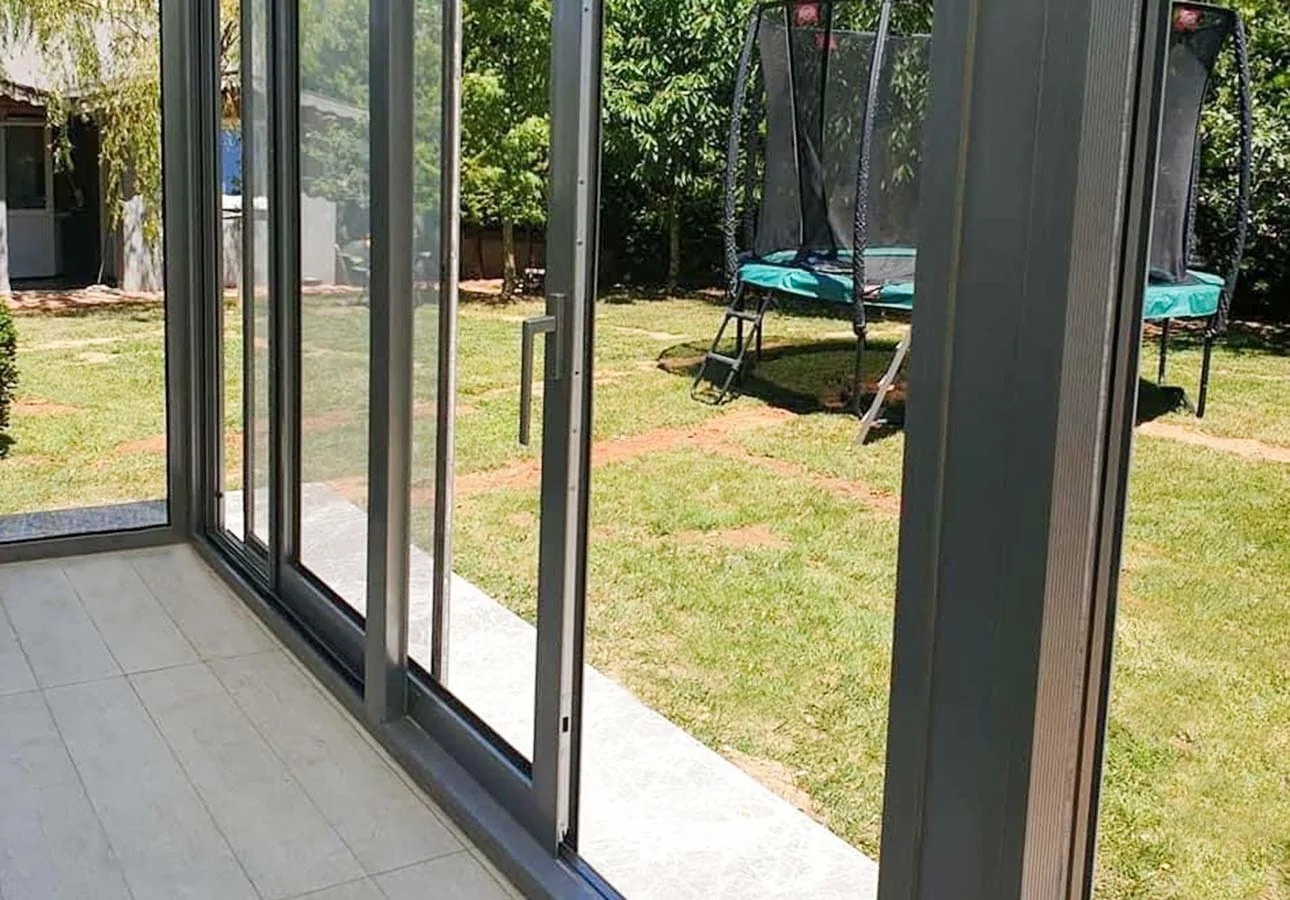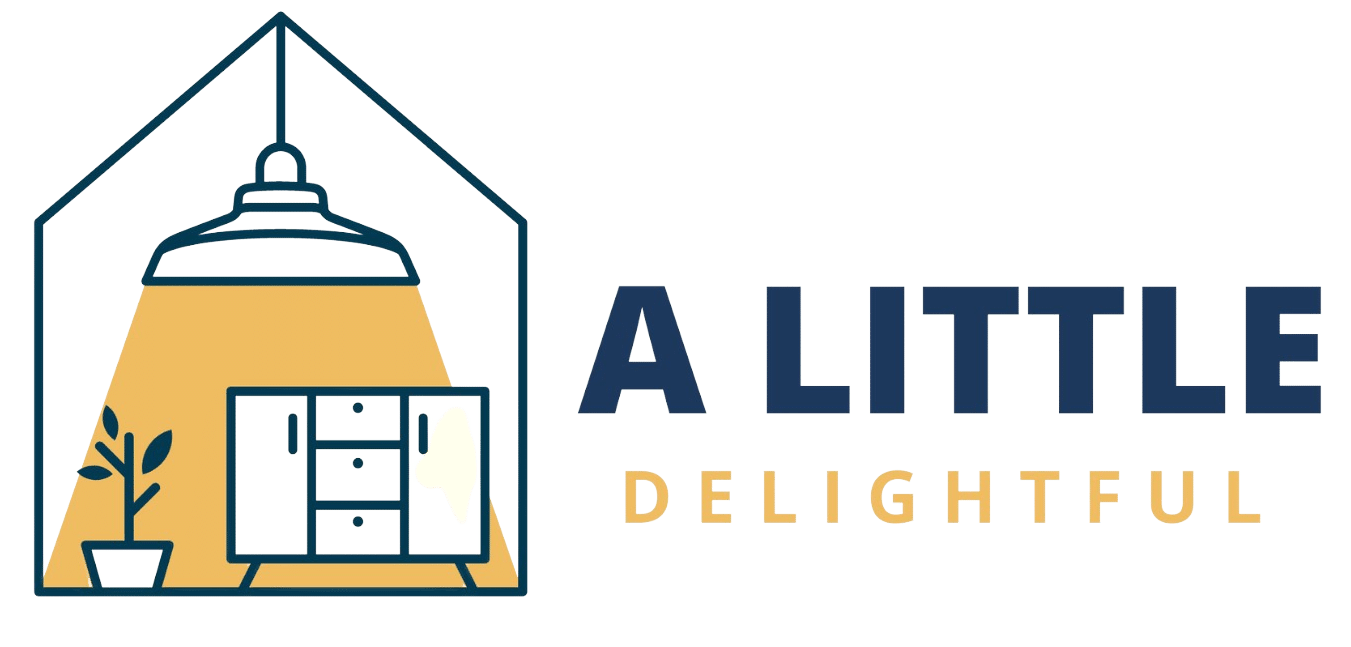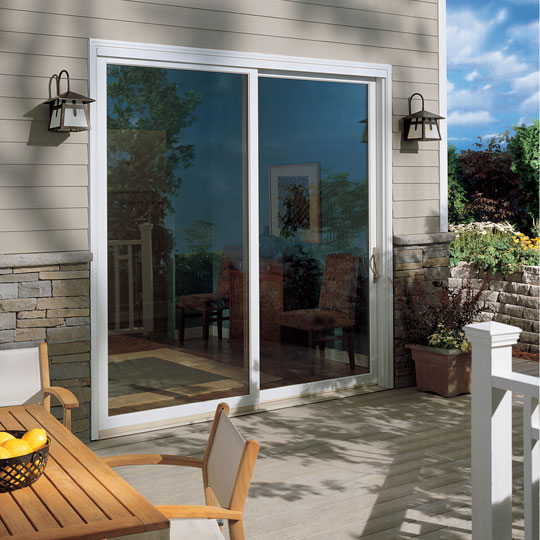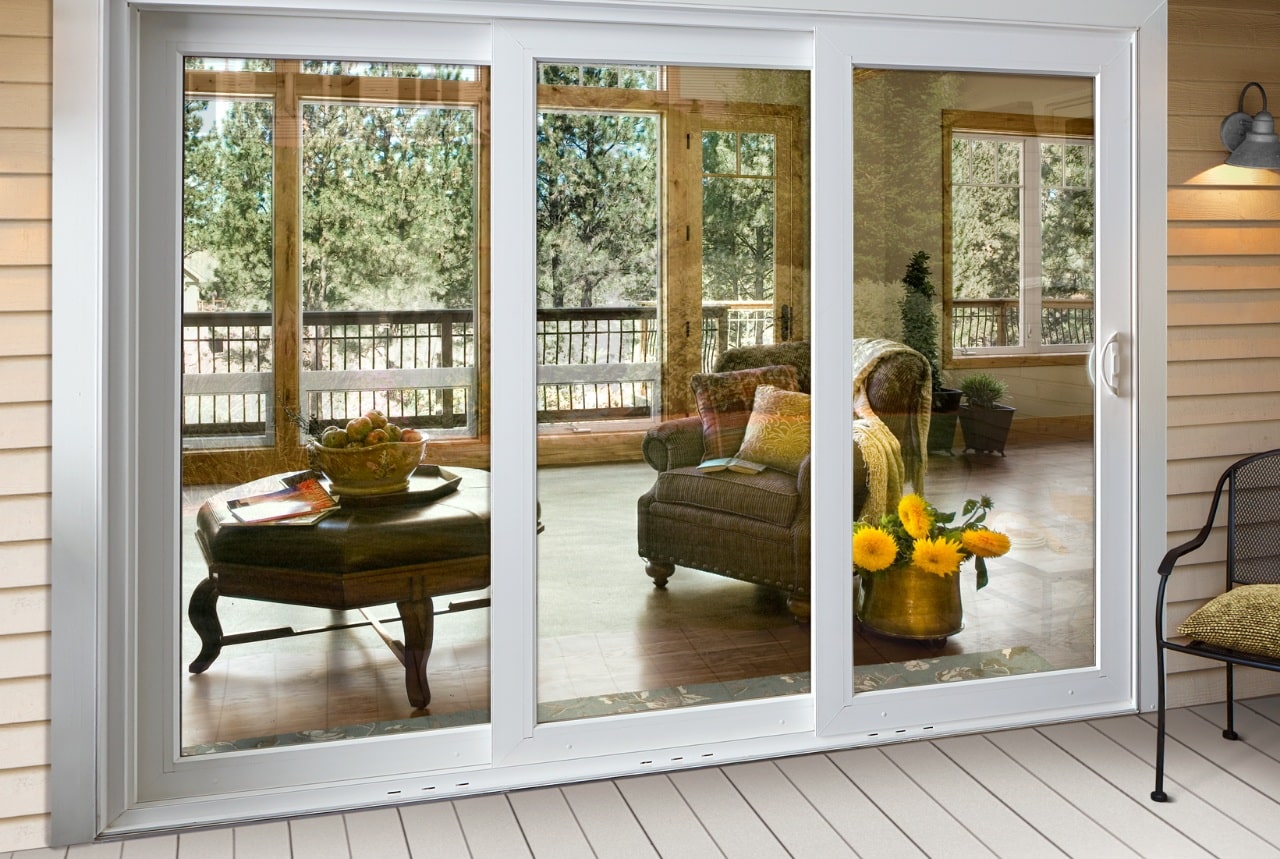How to Choose the Right Patio Door Style For Your Home
Choosing a patio door is not only about looks. It affects how much light you get, how you move between inside and outside, and even how much you pay for heating and cooling. Sliding, multi panel, and lift and slide doors all work in slightly different ways.
Sliding doors are popular because they bring in a lot of natural light and make rooms feel bigger and brighter. They can also cut your need for daytime artificial lighting.
At the same time, a poorly chosen or poorly insulated patio door can leak heat and drive up bills.
In this guide, I will start with the basics. First you will look at your space and layout. Then we will talk about standard sliding patio doors and when they make the most sense.
Start With Your Space and Layout
Before you fall in love with any style, look at the space you have. Measure the opening where the door will sit. The safest way is to measure the width and height in three places and use the smallest number. This helps you avoid a door that is too tight in one corner or scrapes the floor.
Next, think about the area around the door:
- Look at nearby walls, radiators, and furniture.
- Ask yourself which way people walk through the room.
A helpful design tip: a door should not block main foot traffic when it is open at about forty five degrees. Even though this rule is used more for interior doors, the idea still helps. You want people to move easily between inside and outside without dodging the door leaf.
This is where sliding style doors have a clear advantage. They do not need swing space because the panels slide along a track. That means more room for sofas, tables, or plants in small living rooms or compact decks.
If your patio is narrow or you have a tight dining area, a sliding door often solves the layout problem with no major changes.
So, before you look at glass types or hardware, map out your space. A few minutes with a tape measure and a quick sketch can save you from an expensive mistake.
Standard Sliding Patio Doors
A standard sliding patio door usually has two large glass panels. One panel stays fixed. The other slides behind it on a track.
Some systems have more panels, but the idea is the same. The panels move within the frame, so nothing swings into your room or out onto the patio.
That simple movement gives you two big wins.
First, you save floor space. There is no door arc to plan around, so you can put a chair or plant closer to the opening.
Second, the large glass area brings in a lot of daylight and opens up the view. Many homeowners find that sliding doors make rooms feel brighter and more spacious.
Modern sliding doors can also help with comfort and bills when you choose energy efficient options. Double or triple glazed glass creates layers of air or gas that slow heat transfer.
Some studies estimate that energy efficient sliding doors can cut utility bills by about 15 to 35 dollars per month in peak seasons, which can add up to 150 to 400 dollars per year.
Multi Panel and Multi Slide Patio Doors
Now let us look at multi panel and multi slide doors. These doors use three or more glass panels that run on multiple tracks. You can slide several panels to one side or split them so they stack at both sides.
In some systems the panels even slide into a wall pocket. When that happens the opening feels almost completely clear.
The main benefit is the size of the opening. You can open two thirds or more of the wall in many layouts. This is great if you love to entertain or if your patio and living room are almost one big space.
Multi panel doors also look very modern. The narrow frames and wide glass make the view the main focus.
There are a few things to keep in mind. The hardware is more complex than a standard two panel slider. You will need a skilled installer and the cost is usually higher. You also need enough wall width for all the panels to stack without blocking a path or a feature.
Lift and Slide Patio Doors

Lift and slide doors look similar to large sliding doors at first. The difference is in how they move and seal.
When you turn the handle, the panel lifts slightly off the track. That reduces friction so the heavy glass panel slides very smoothly. When you turn the handle back, the panel drops into place and presses tight against the seals.
This design gives you two strong advantages:
First, the seal is usually better for air and water. That means fewer drafts and less heat loss in winter. It can also help keep hot air out in summer.
Second, lift and slide hardware can carry very large and heavy panels. You can have a wide glass opening that still feels light to operate.
Of course, you pay more for this level of performance. Lift and slide systems sit at the higher end of the budget range. They also need proper installation so the lifting and sealing parts line up well.
Comparing Your Options: Key Decision Factors
By now you have seen how each style works. Let us put them side by side in simple terms.
| Factors | Standard sliding patio | Multi panel / multi slide | Lift and slide patio |
|---|---|---|---|
| Space and layout | Best for small rooms and tight patios. No swing space needed. | Needs a wide wall for panels to stack. Works best in larger rooms. | Needs space for large panels but still slides within the frame. |
| Opening size | Usually up to half of the total width opens. | Can open two thirds or more of the wall in many layouts. | Can create very wide clear openings with large glass panels. |
| Look and style | Clean, simple look that suits most homes. | Modern, dramatic look with wide glass and narrow frames. | High end, sleek look with big uninterrupted glass areas. |
| Comfort and efficiency | Good, if you choose energy efficient glass and frames. | Good to very good, depends on product and installation. | Usually the best sealing and insulation of the three. |
| Ease of use | Simple to operate and maintain. | Easy to use but more tracks and panels to care for. | Very smooth action even with heavy panels thanks to lift system. |
| Security | Can be secure with quality locks and hardware. | Good security if you choose strong frames and locks. | Often comes with advanced multi point locking systems. |
| Budget | Usually the most affordable option. | Mid to high, depending on size and panel count. | Premium price range but highest comfort and performance. |
| Best for | Balconies, small patios, and family homes on a budget. | Large decks, entertaining spaces, and homes with great views. | Cold or windy climates and premium projects focused on comfort. |
Conclusion
Choosing the right patio door is really about choosing how you want to live in your space. Sliding doors are simple and practical. Multi panel doors are for big openings and big views. Lift and slide doors are for maximum comfort and performance.
Think about your room size, your weather, and your budget, then match them with the style that fits best. If you are still unsure, start with your measurements and a shortlist of what matters most to you, then talk to a door specialist who can show you real examples.









